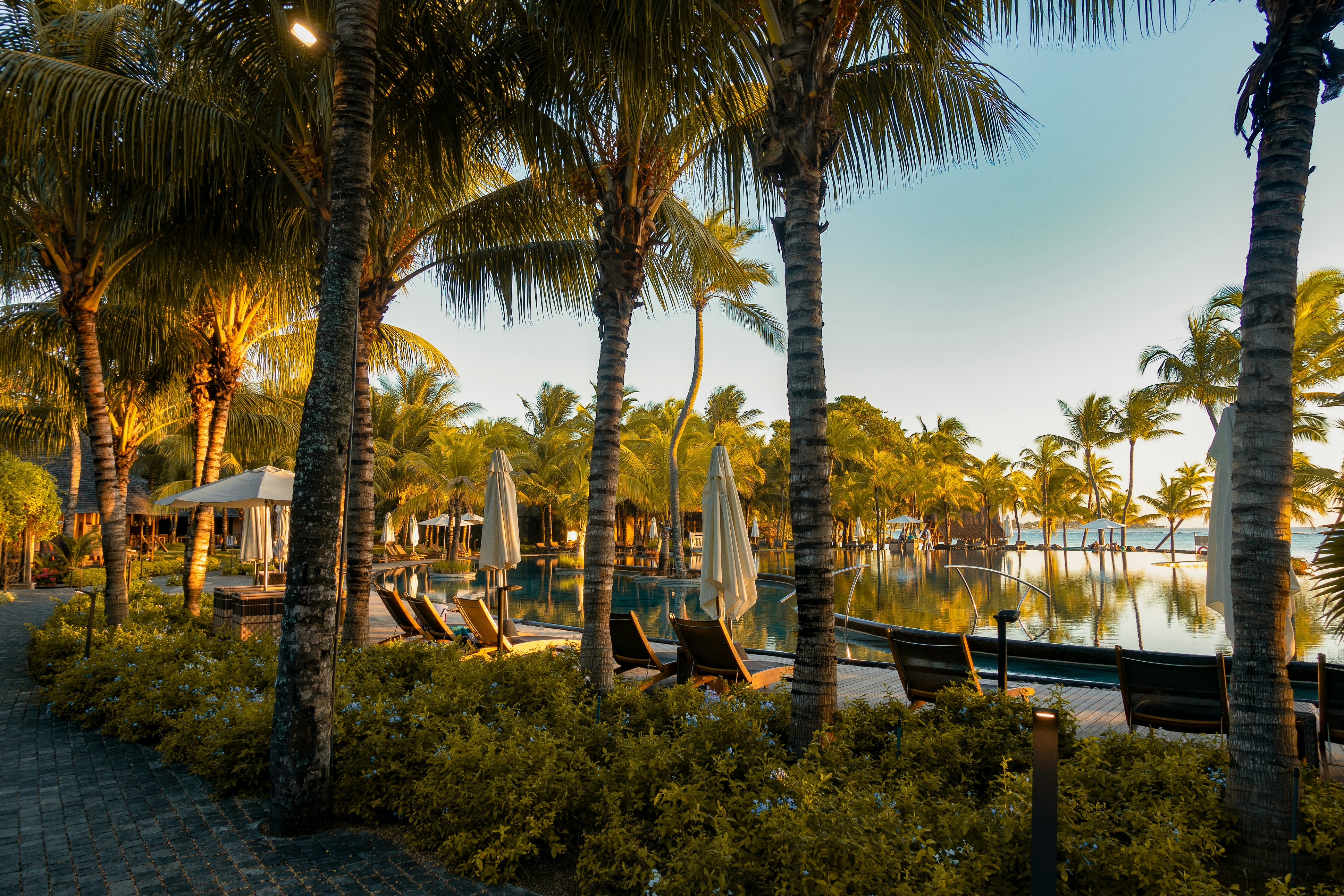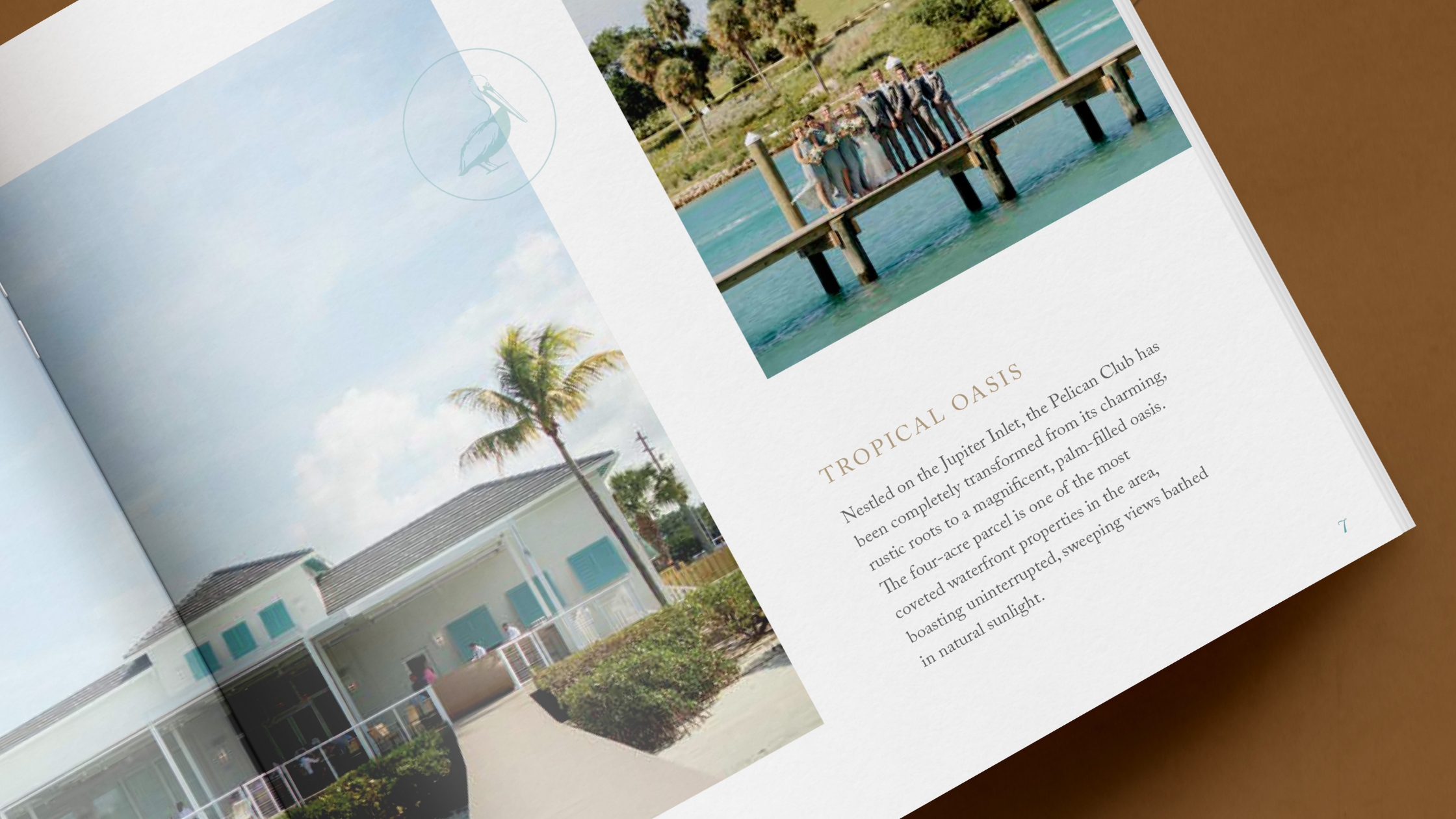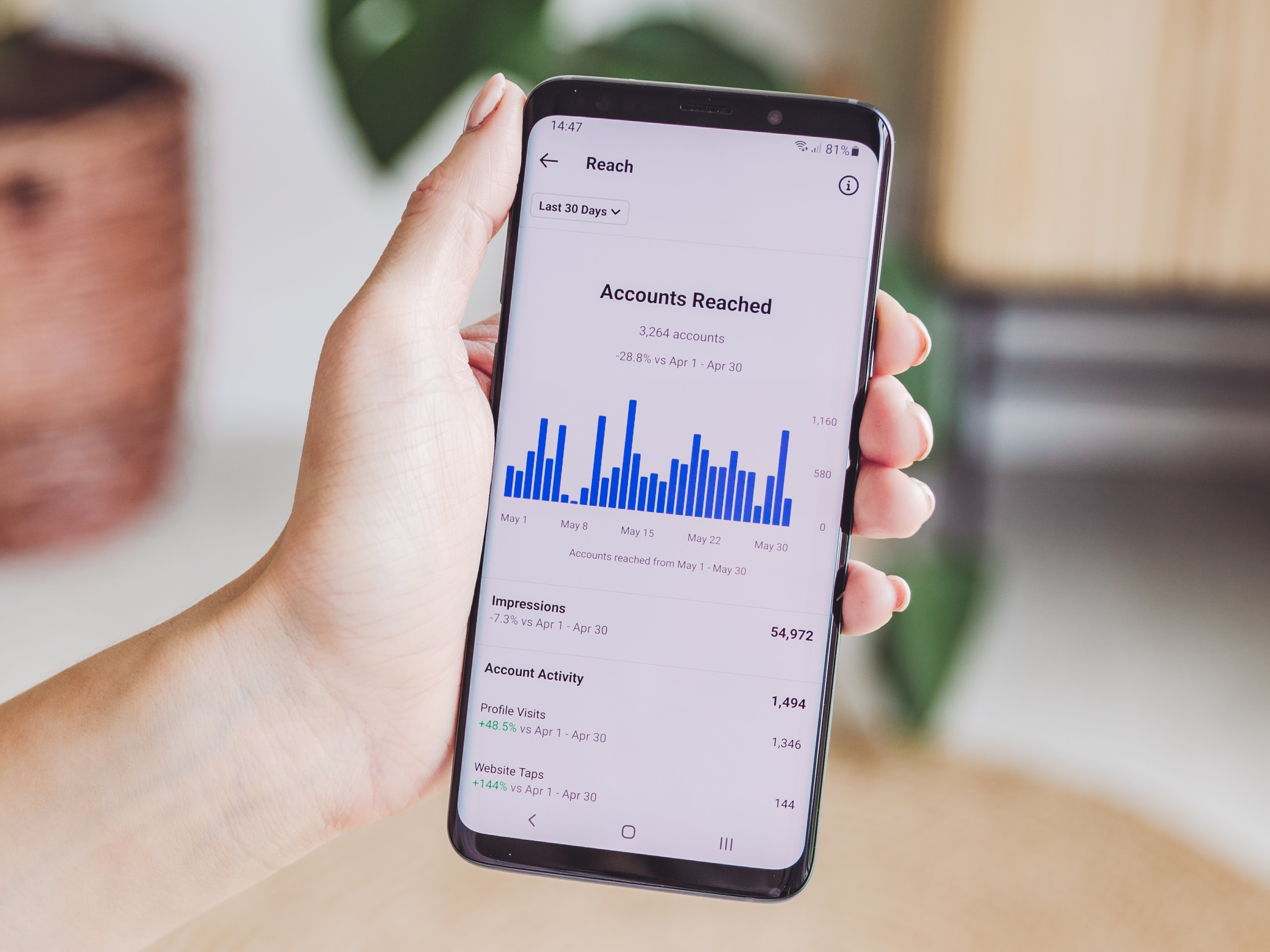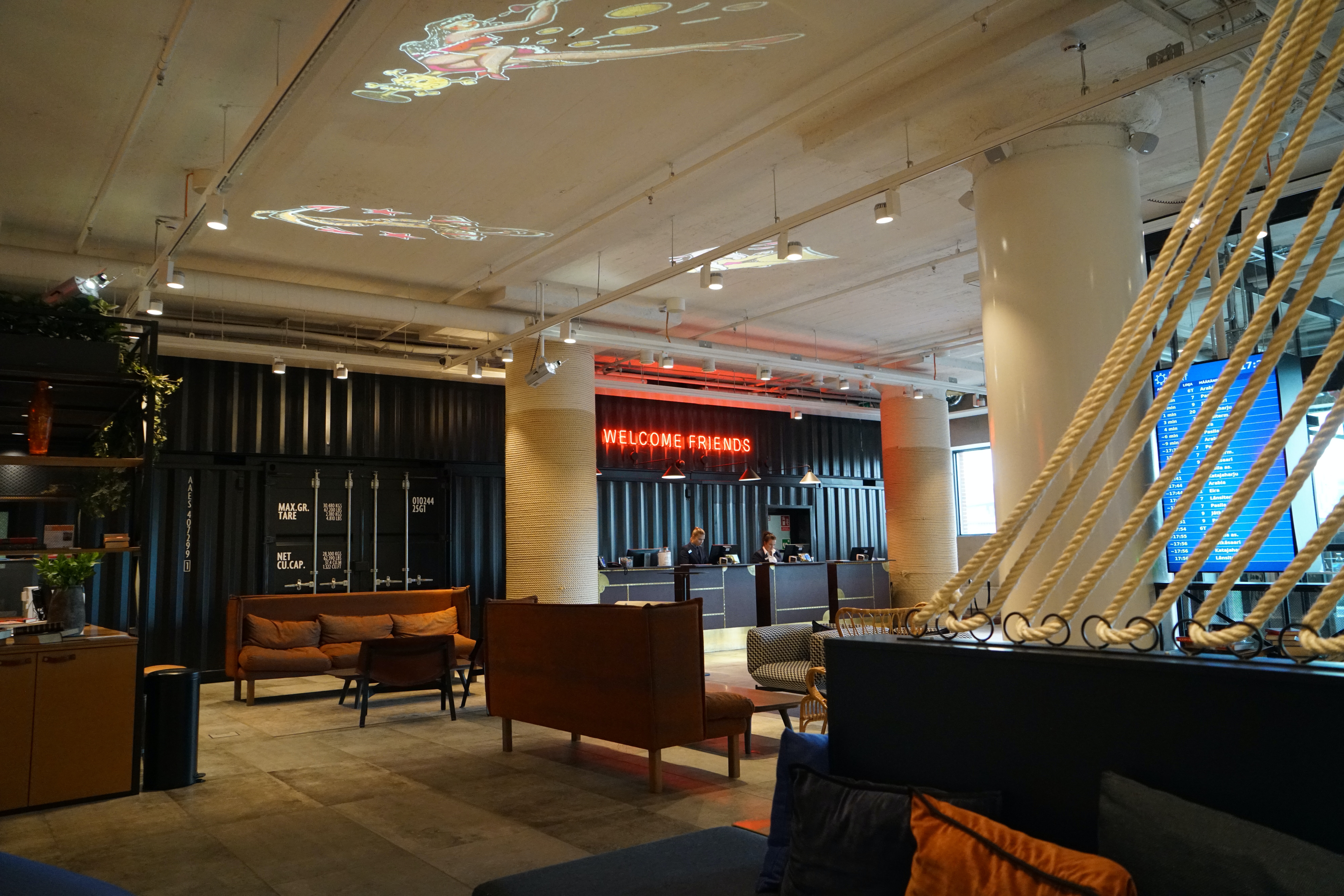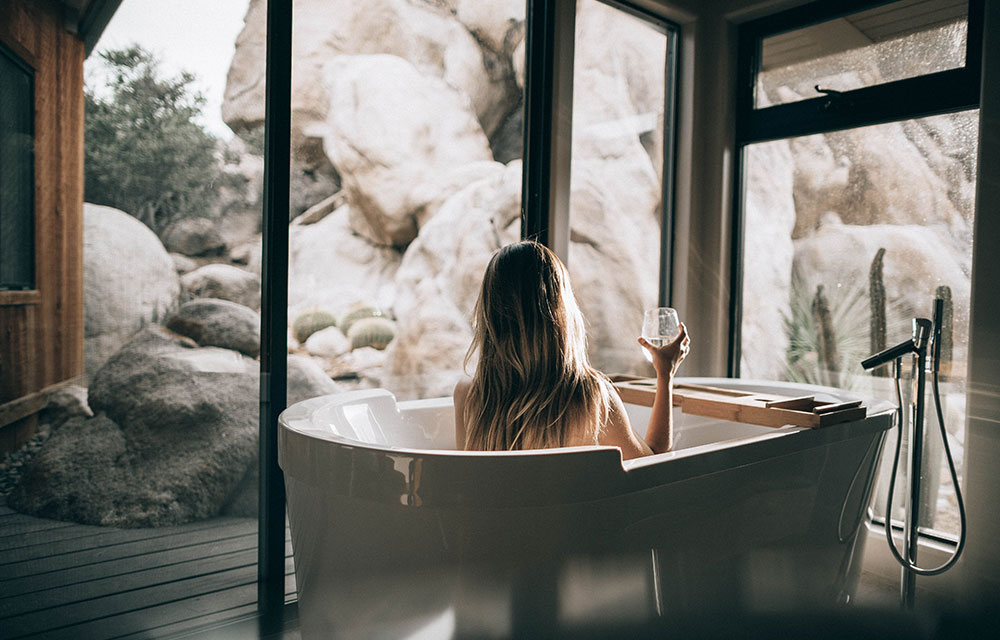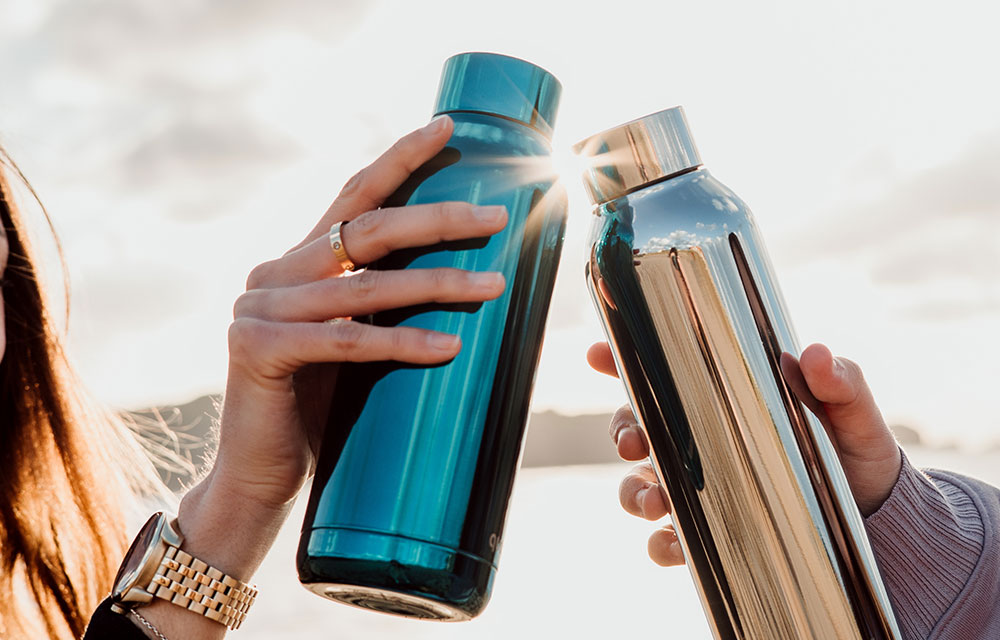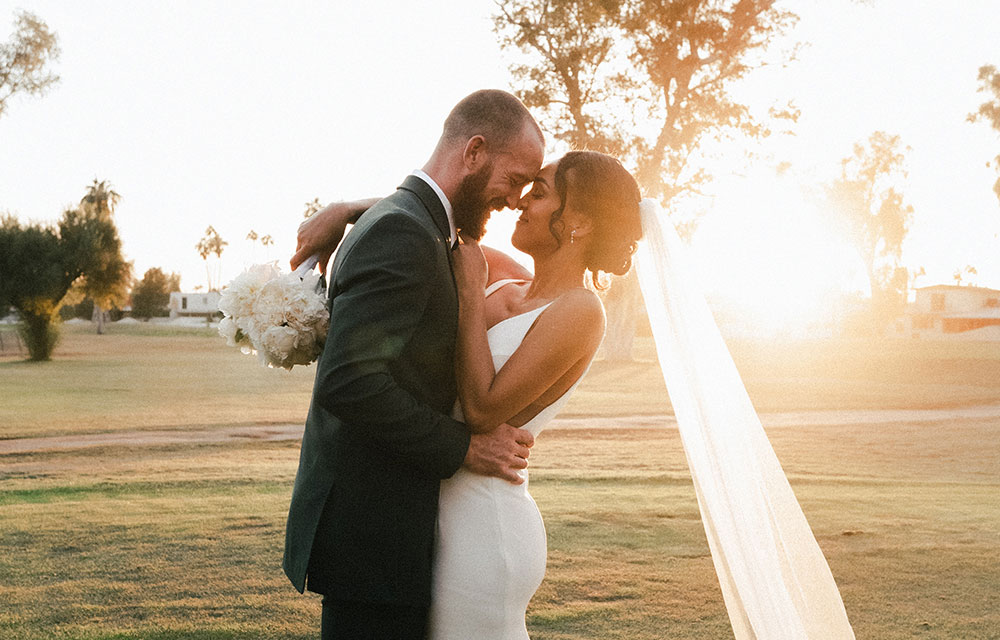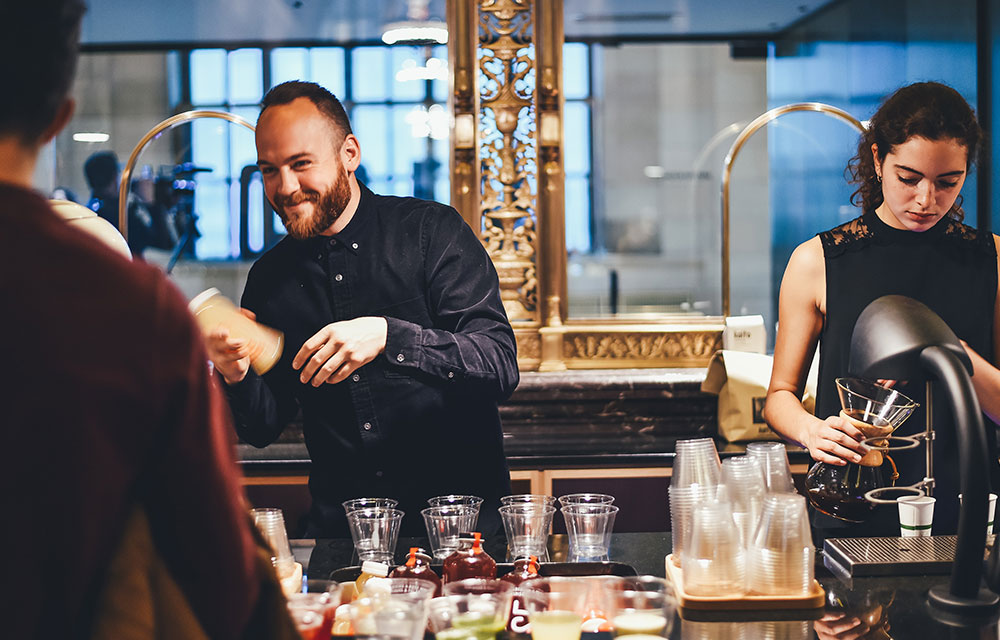A
s travelers take to the roads and skies this year, they’re searching for two big things: experience and luxury. A recent survey found that one of the hottest trends for 2024 is a desire for experiential journeys tailored to travelers’ interests. Guided by the need to achieve both internal and external harmony, travelers are seeking experiences that are personal, balanced, and exclusive.
For luxury hotels and resorts, this is the perfect opportunity to emphasize and effectively market the amenities that put you at the top of the luxe list. And for properties that don’t traditionally fall into that category, it’s the right time to flip the script and show travelers your indulgent side. We’ve put together some inspiration to help get you thinking about what guest experiences can set you apart from the crowd:
Create Personalized Experiences
All hotels and resorts – not just those in the luxury category – should already be well ahead of the trend toward state-of-the-art tech, which has been growing steadily over the past several years. The industry has seen an emergence of robust digital amenities like concierge services, personalized itineraries, and even the opportunity to select your preferred in-room amenities, temperature, and more.
With that in mind, this is the year to focus a marketing campaign around everything on your menu that makes each stay unique. (If you’re having trouble coming up with a list, now is the perfect time to take the steps necessary to create one.) Your guest data can help you in two ways here: to create buyer personas in order to target new potential customers and to send targeted, personalized emails that highlight upcoming events, promotions, or exclusive offerings based on your guests’ previous preferences.
Audience data can also help you grow a relevant, timely blog. Unlike emails, a blog post gives you more online real estate to showcase amenities or dive more in-depth about your luxury story. Once published, your blogs can serve as landing pages for your newsletters, digital ads, and social media campaigns. (The blog you’re reading is one great example of this tactic. At Hawthorn Creative, we update our blog regularly and use email to alert subscribers to new articles. We also offer full-service blog strategy, writing, and maintenance for our clients.)
Guest data is also invaluable for up-and-coming luxury properties. If you want to upgrade your image, it’s essential to make a solid investment in data analytics (whether that’s money, time, or both) to glean information about your past guests. Showing a real understanding of their personal desires – especially if this is an avenue you haven’t taken before in your marketing – can go a long way toward crafting a luxurious, exclusive atmosphere.
Elevate Your Print Marketing
While it may seem like digital avenues rule the marketing world, don’t discount print marketing efforts just yet. When it comes to showcasing the luxurious qualities of your property, print marketing strategies – magazines, brochures, coffee table books, and more – can be highly effective. Why? For starters, print materials allow you to show off your property through high-resolution photography, stunning typography, and elegant design.
At Hawthorn Creative, we produce custom magazines for travel and hospitality clients. Our team writes and develops highly engaging feature-length content, providing the ability to dig deeper into a destination as well as property amenities and offerings like spas, dining outlets, and more. Magazines are also an invaluable vehicle for creating aspirational travel content that appeals to luxury travelers. These stunning in-room publications can help turn one-time visitors into lifelong customers.
Show Off on Social Media
Social media remains one of the most successful and engaging ways to showcase your property’s opulence, whether it’s all-encompassing or focused on a few key areas. A strong social media strategy – while ultimately unique for each brand – includes regularly scheduled posts that highlight your amenities using high-quality photos and videos, engaging captions, and relevant hashtags. It’s important to understand the audience and expectations for each channel and create content accordingly.
It’s also important to remember that above all, social media is about storytelling. Obvious selling is becoming more and more of a detractor, especially for younger audiences like Gen Z. Instead, they respond to aspirational and visually captivating stories. To emphasize exclusivity, it’s imperative to utilize the expertise of professional copywriters, designers, and photographers – keep the iPhone footage for your personal page, no matter how good you think it looks. (Leave the handheld storytelling to your influencers.)
Stay on Top of Reputation Management
One last word about creating a luxurious online presence – you can develop all the smart marketing strategies you want, but bad user reviews can negate all your hard work if not handled properly. It doesn’t feel good to earn less than five stars, but the way you respond can not only mitigate the damage, but also help repair it.
That said: If you’re a luxury property that doesn’t respond to your online community, it’s time to start. Designate someone (or a team, if you’re on multiple channels) to monitor reviews and comments and respond in a timely manner.
Positive reviews and comments are easy – leave a thank you note! Make it personal with specifics, such as “We’re so glad you enjoyed dinner at our restaurant!” Negative reviews are a bit trickier, but the key to success is transparency: Own mistakes, show regret, and either provide an explanation or a solution in a professional manner.
Reviews can also be great content for social media or other posts. With permission, you can use guest testimonials or five-star ratings – especially if they mention the level of luxury, personalization, or exclusivity your property offers – to boost your credibility and counteract any negative impressions.
If reputation management – or any other tactic outlined here – feels overwhelming to you, Hawthorn Creative has a team of experts who can help.
